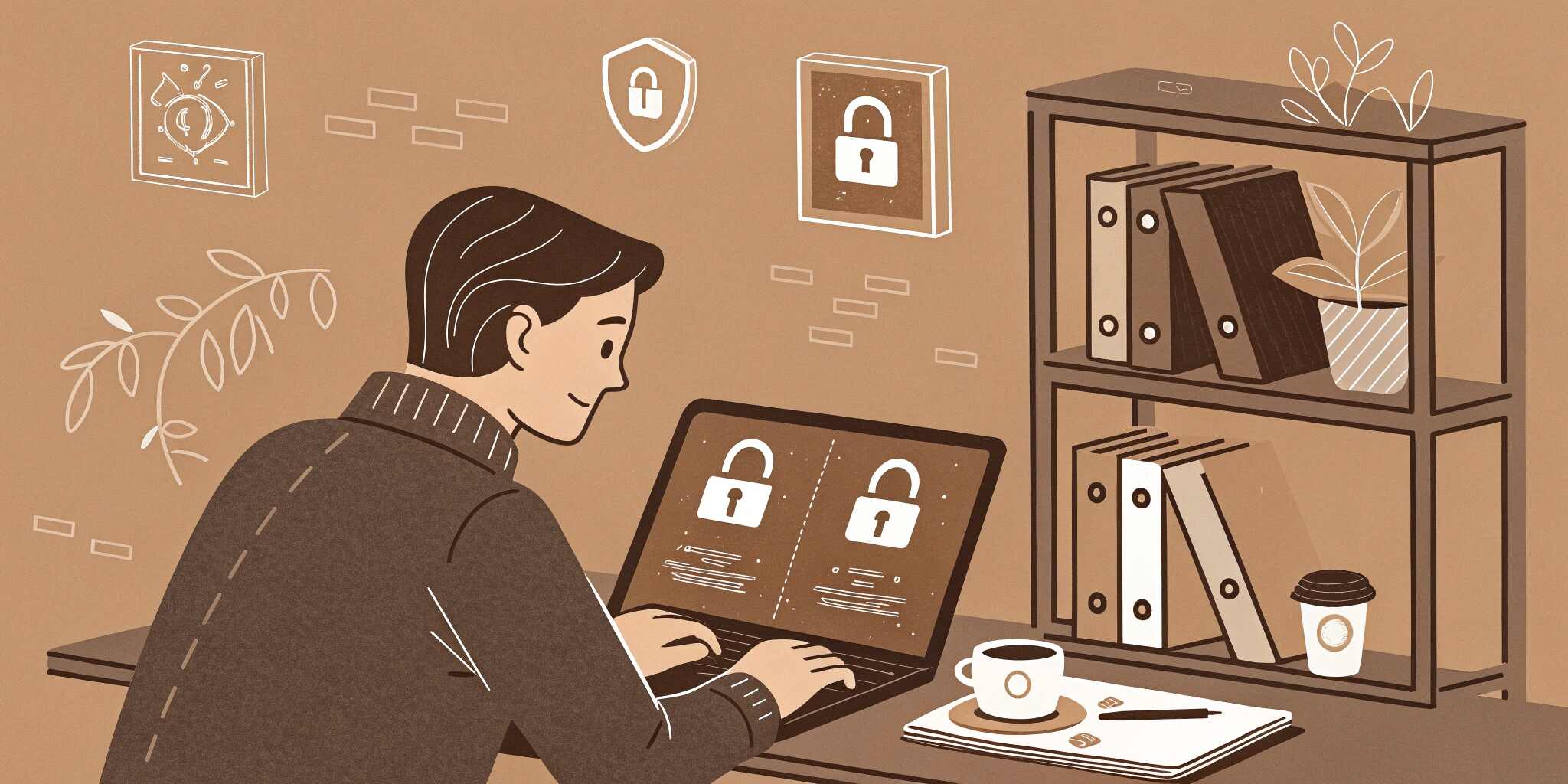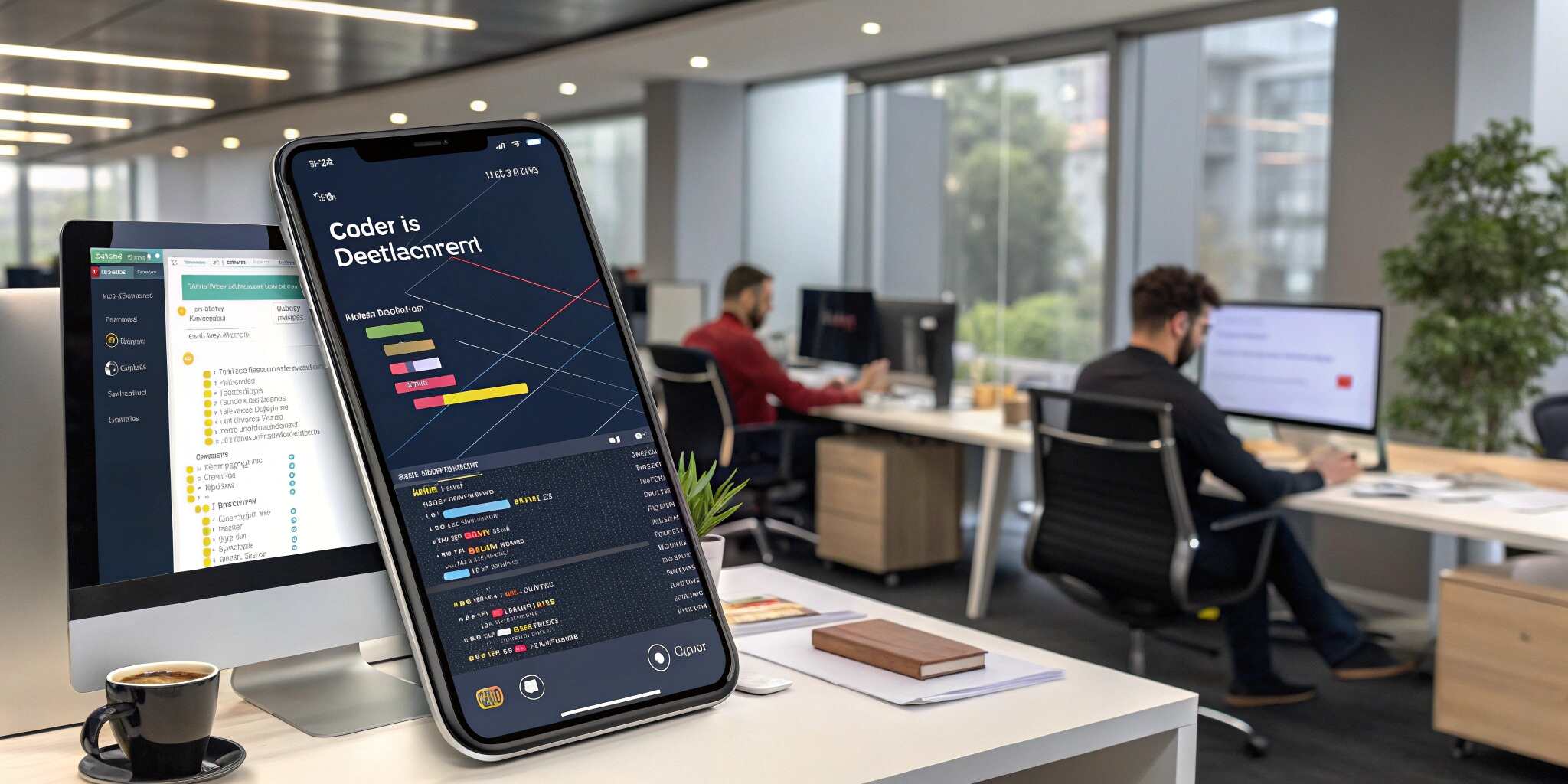With mobile apps handling sensitive data like payment details, personal information, and location, security has never been more critical. Data breaches, malware injections, and unauthorized access are rampant. As a mobile app developer, security must be built-in—not bolted on.
1. Implement Secure Authentication
- Use strong, multi-factor authentication (MFA)
- Avoid using easily guessable login credentials
- Integrate OAuth 2.0 or biometric authentication
- Tip: Never store passwords in plain text—use strong hashing algorithms like bcrypt.
2. Encrypt Data in Transit and at Rest
- Use HTTPS with TLS for secure data transmission
- Encrypt local data storage using AES-256 encryption
- Secure databases and shared preferences
3. Secure APIs and Backend Services
- Authenticate every API call with tokens (e.g., JWT)
- Validate all inputs to avoid injection attacks
- Use API gateways and rate limiting to prevent abuse
4. Minimize App Permissions
- Only request essential permissions
- Explain clearly why permissions are needed
- Regularly audit and update permissions
5. Use Code Obfuscation and Secure Storage
- Obfuscate code to prevent reverse engineering
- Use secure storage solutions (e.g., iOS Keychain, Android Keystore)
- Avoid storing sensitive data in unsecured locations
6. Perform Regular Security Testing
- Conduct static and dynamic code analysis
- Use tools like OWASP Mobile Security Testing Guide (MSTG)
- Perform penetration testing before deployment
7. Keep Dependencies and SDKs Updated
- Monitor third-party libraries for vulnerabilities
- Replace deprecated APIs and insecure SDKs
- Use software composition analysis (SCA) tools
8. Implement Session Management Best Practices
- Use short session timeouts
- Invalidate sessions on logout
- Regenerate session tokens regularly
9. Secure the App Against Reverse Engineering
- Use native code (C/C++) for critical operations
- Disable debugging and remove logs in production
- Monitor for signs of tampering or rooting
10. Stay Informed and Educated
- Follow security advisories from platforms (Android, iOS)
- Subscribe to threat intelligence feeds
- Attend security-focused development webinars and conferences
Conclusion
Security is a continuous journey, not a one-time checklist. By following these best practices, mobile app developers can protect users, maintain trust, and reduce the risk of costly breaches. In 2025 and beyond, secure development is smart development.


